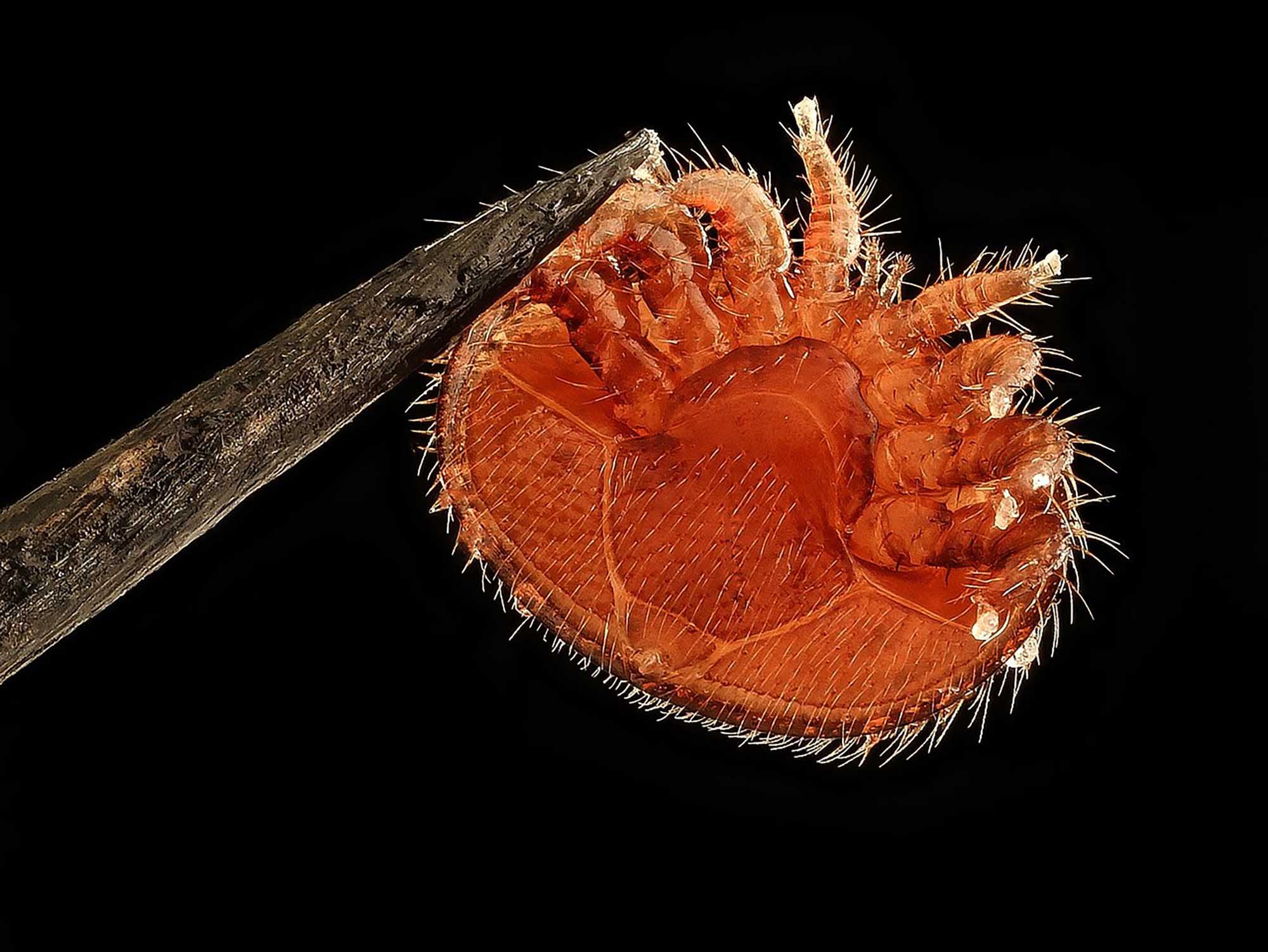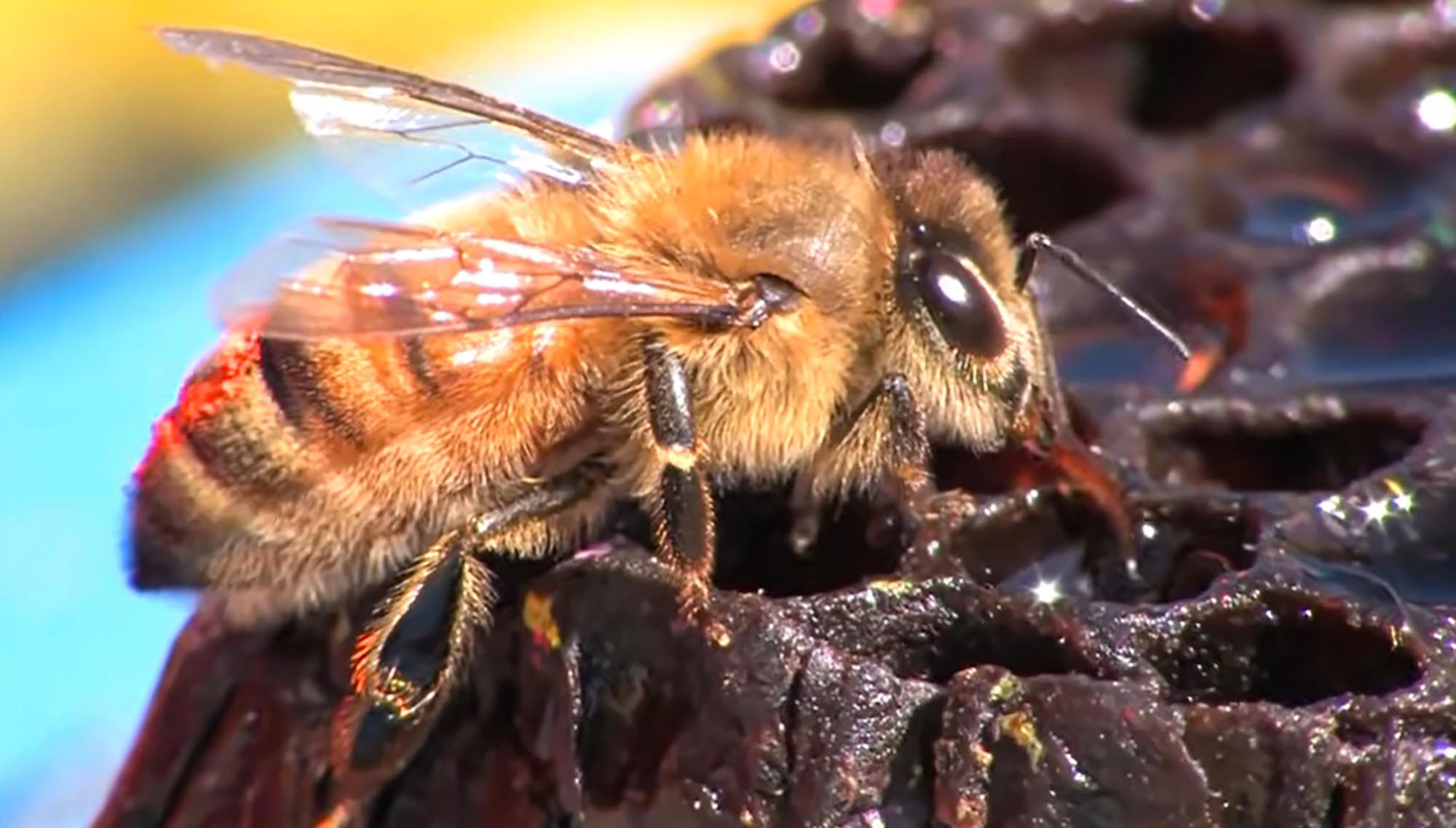An infamous parasitic mite which infests bee colonies in different parts of the world will be impossible to exterminate, a Swiss expert has revealed.
The varroa destructor feeds on honey bees. It reproduces by attaching to the body of the bee. The insect gets weaker as the mite sucks its fat-storage cells.
The latest variant of the Deformed Wing Virus – which is spread by varroa mites – is widely considered one of the major current threats to honey bees.
A significant mite infestation leads to the death of a honey bee colony.
Now Max Meinherz – a regional inspector for bees in the Canton of Sankt Gallen – revealed that it would be impossible to wipe out the mite completely.
Speaking to the Tagblatt newspaper, Meinherz said the better strategy would be trying to keep the impact of infestations low.

(USGS Bee Inventory and Monitoring Lab, NewsX/BF)
Meinherz said: “The varroa mite is an invasive species which has the potential to cause immense harm to colonies. It can substantially weaken them.
“Furthermore, the varroa mite transmits different types of dangerous viruses.”
The expert on bees made clear that killing the mite off was an unattainable task by now.
As the evaluation of this season’s honey production is still ongoing, no figures have been released yet.
However, Meinherz also said that the past spring and summer went down “relatively well” for beekeepers in eastern Switzerland.
Speaking about the Deformed Wing Virus spread by varroa mites, Prof Dr Robert Paxton from Martin Luther University in Halle, Germany, recently warned: “Our analysis confirms that the new variant is already the dominating force in Europe. We fear that it’s just a matter of time before it will have forced its way all over the world.”
There are around 17,500 beekeepers among the Central European country’s 8.6 million inhabitants, according to a study by the Agroscope research centre.











